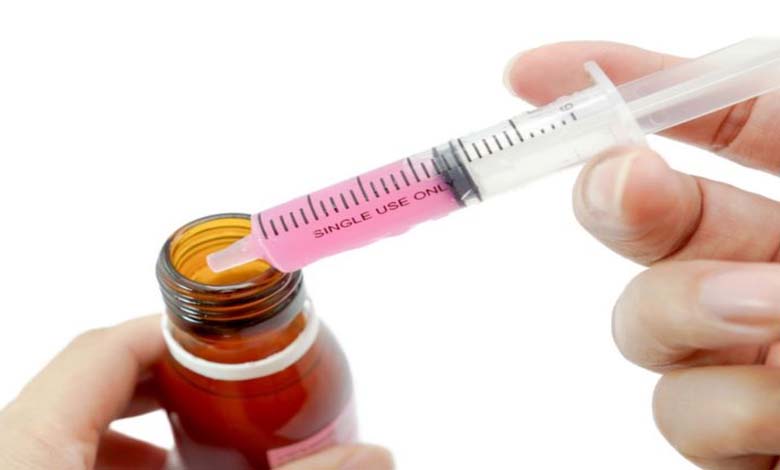Using Paracetamol Safely for Your Child: What You Need to Know

Paracetamol, also known as acetaminophen, is one of the most widely used medications for relieving pain and reducing fever in children. Its over-the-counter availability and general reputation for safety make it a frequent choice for parents. However, incorrect use can have serious consequences, including liver damage. Understanding proper administration practices is therefore essential to ensure the safety of your child.
Paracetamol works primarily by inhibiting certain enzymes in the brain responsible for producing prostaglandins, chemical compounds that trigger pain and fever. By reducing their production, paracetamol alleviates symptoms and is generally well tolerated by the body, provided the recommended dose is not exceeded.
-
Protein-Enriched Foods: Are They Safe for Children?
-
Screens and the Increased Risk of Cardiovascular Diseases in Children: A Growing Concern
Dosage and Age
The most critical factor in using paracetamol for children is dosing. Dosages are based on the child’s weight, not just their age. Typically, the recommended dose is 10 to 15 mg per kilogram of body weight, every 4 to 6 hours, without exceeding 60 mg per kilogram in 24 hours. It is important to carefully read the product label, particularly for liquid formulations intended for infants and young children, as concentrations may vary between manufacturers.
Frequency and Limits
Maintaining the correct intervals between doses is crucial. Administering paracetamol too frequently or in excessive amounts can lead to toxic accumulation in the liver, potentially causing severe hepatotoxicity. Parents must also be careful not to combine multiple products containing paracetamol to avoid accidental overdose.
-
“Be Careful” Raises an Anxious and Hesitant Child… What Are the Best Alternatives?
-
What Causes Ear Infections in Children?
Precautions and Contraindications
Although paracetamol is generally safe, certain conditions require attention. Children with liver disease, metabolic disorders, or those taking other medications that may affect liver function should be evaluated by a healthcare professional before administration. If there is any uncertainty regarding dosage or if symptoms persist despite treatment, consulting a medical professional is essential.
Warning Signs
Parents should be aware of overdose or adverse reaction signs, which may include nausea, vomiting, excessive sleepiness, jaundice (yellowing of the skin and eyes), or abdominal pain. In such cases, immediate emergency care is crucial, as early treatment can prevent serious complications.
In conclusion, paracetamol remains an effective and safe tool for managing fever and pain in children when used correctly. Educating parents about proper dosing, frequency, and warning signs is essential to maximize benefits while minimizing risks. Careful administration and regular consultation with healthcare professionals are key to ensuring your child’s safety.












